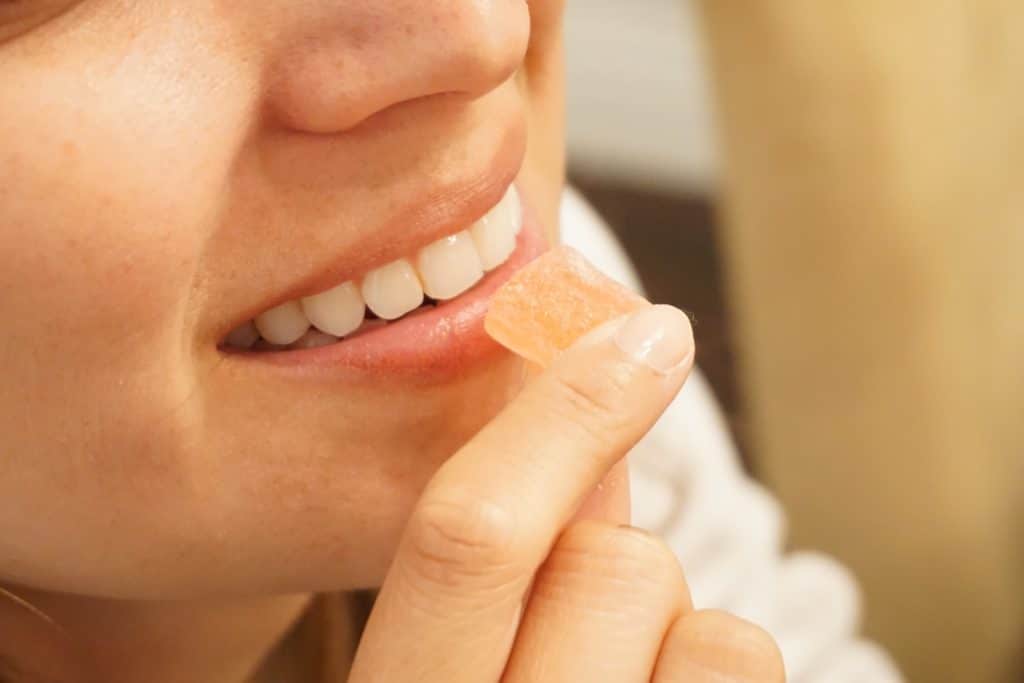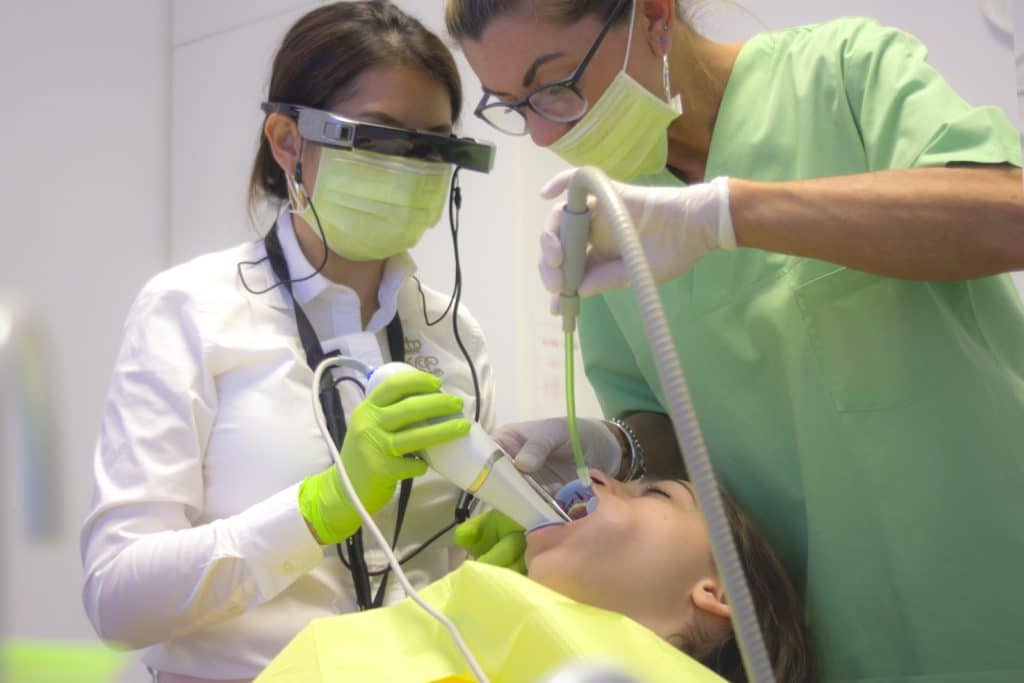Say hello.
We're happy to help!
Find the number of each practice in the Menu under "Our practices".
Monday to Friday 8:00am - 5:00pm or 9:00am - 6:00pm
Extended opening one day per week




